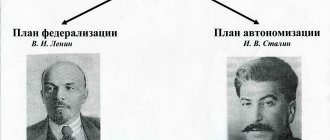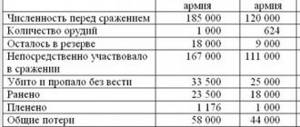Decree on succession to the throne of 1722
This act can be considered special. It does not relate to either the political or social spheres of life of the society of that time and stands apart.
The great sovereign was forced to think about the future of the throne after a conflict occurred in 1718 with Tsarevich Alexei Petrovich , his eldest son, which led to the death of the latter.
According to the official version, the son died in prison after being accused of treason and sentenced to death.
In accordance with this act, the emperor himself could appoint an heir at his own request , and this did not have to be his blood relative. The ruler could reverse his decision at any time and choose a new heir.
Attention! At the time of the ruler’s death, he had only one direct (male line) male descendant left - Pyotr Alekseevich (son of Tsarevich Alexei), as well as 3 daughters - Anna, Elizaveta and Natalya. The question of which of them he would like to transfer his throne to remains open. The Great Sovereign (according to the official version) did not have time to draw up a will.
Historical assessment
The attitude towards Peter's numerous innovations in imperial (the dispute between Westerners and Slavophiles), Soviet and Russian historiography is quite contradictory. There are positive and negative assessments.
Some historians believe that this was a real breakthrough to create a real European power , strong and authoritative, in the short period of his reign
Others express the opinion that under the tsar there was a conservation of the feudal-serf system , during which individual rights and freedoms were violated.
Still others believe that in the specific historical (and geopolitical) conditions of that time, the transformations were progressive in nature, and the entire domestic policy as a whole was very successful .
The Emperor took into account the peculiarities of the historical situation and took adequate measures necessary for the development of the country.
The positive and negative consequences of all the reforms of Peter 1 are reflected in the table below.
| pros | Minuses |
| A new impetus has been given to the development of industry and agriculture. | Strengthening absolutism while maintaining elements of eastern despotism. |
| A modern and combat-ready army and navy have been created. | Strengthening the serf system. |
| A competent state management apparatus has been created. | Bureaucratization of the country. |
| A secular culture and education system began to take shape. | The nationalization of the economy led to the impossibility of creating “healthy” market relations in the empire. |
| Russia has received recognition in the international arena. |
State reforms of Peter I
Reasons and goals of Peter I's reforms









